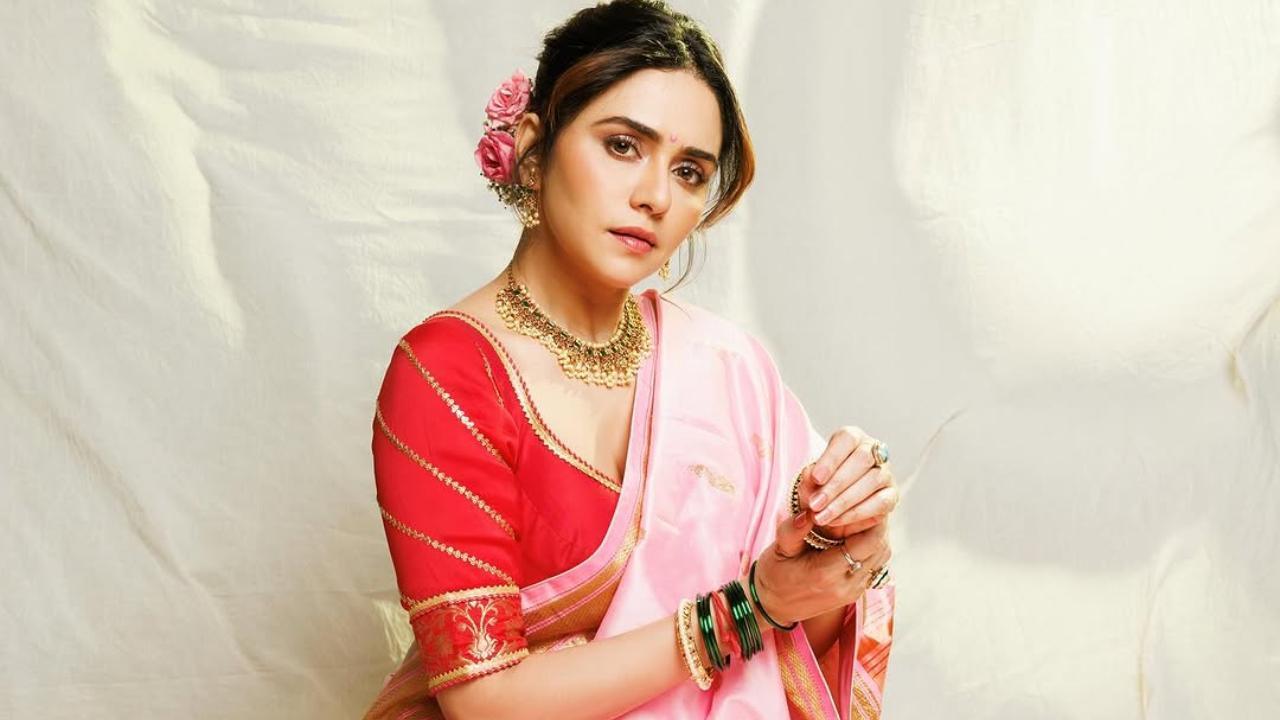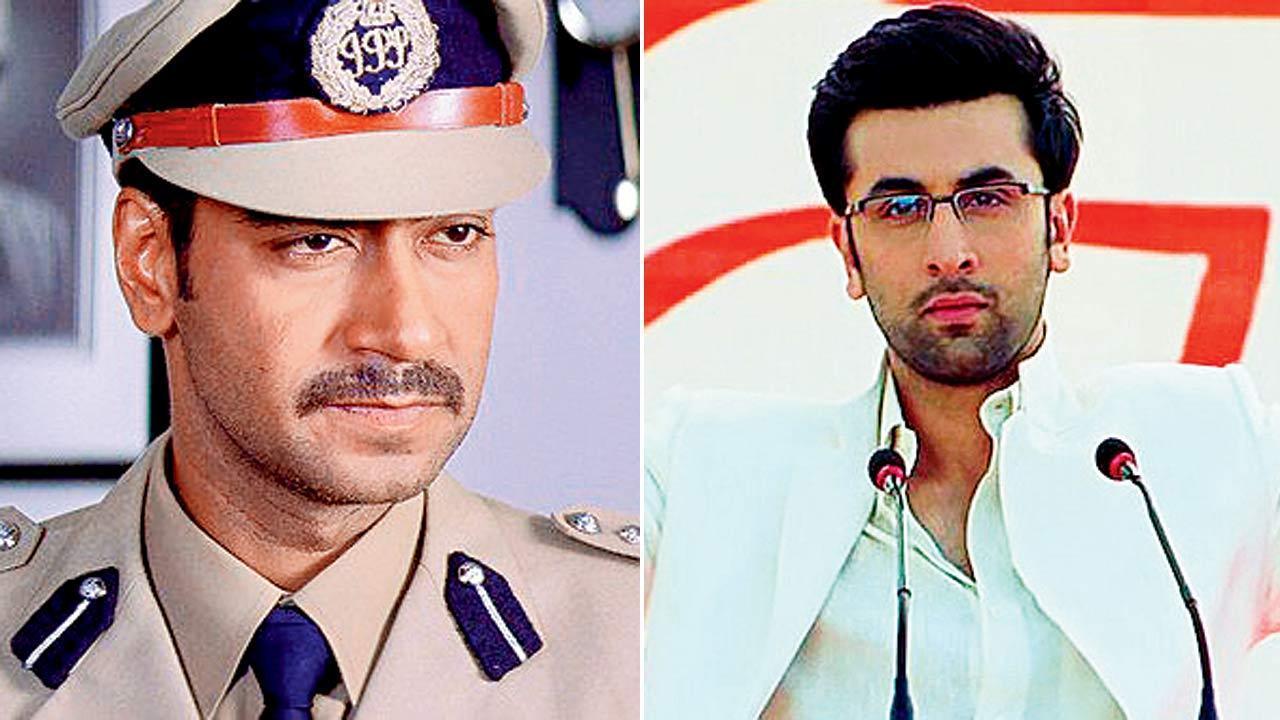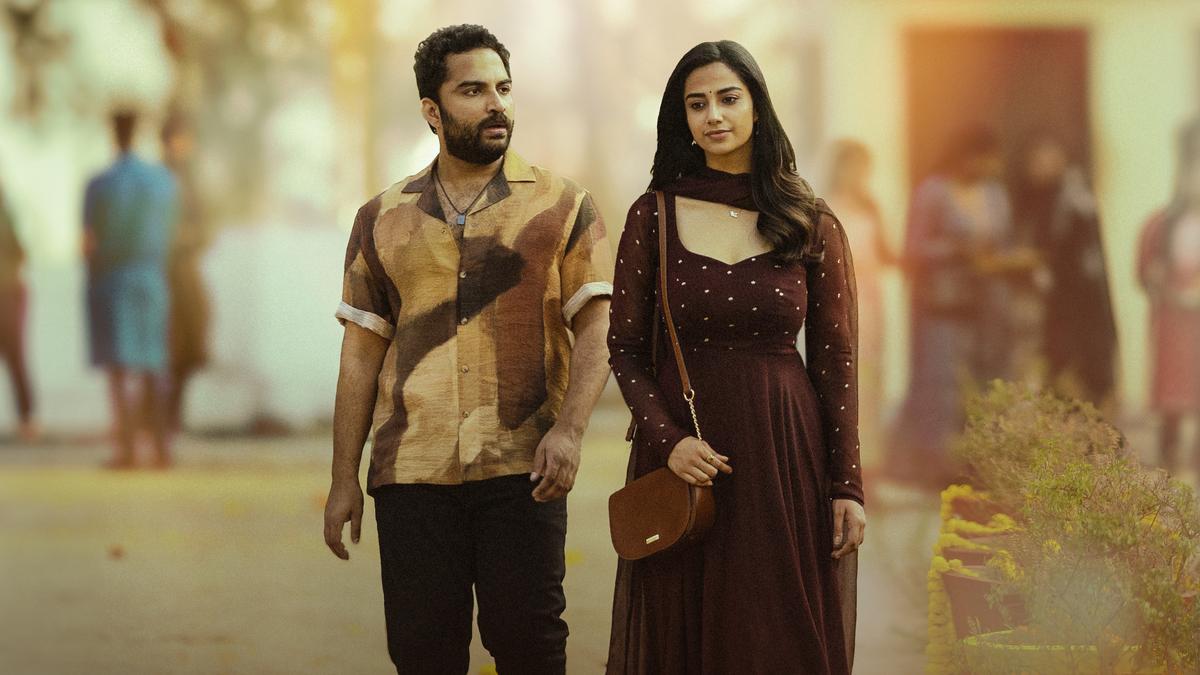
The Naada Inbam’s Kshetra Sankirthana Vaibhavam series was an exhilarating musical journey through some of Tamil Nadu’s most revered temple towns. This enthralling event featured thematic concerts performed by burgeoning young artistes. Among them, P. Vikram stood out as he led an evocative trip to Madurai, Rameswaram, and Thanjavur through the soulful rendering of kritis associated with these ancient towns.
Madurai, a city dominated by the towering, majestic spires of the Sri Meenakshi Sundareswarar temple, served as a starting point for this musical expedition. The temple is central to the life and commerce of the city and is a focal point for various festivals, including the Thirukalyanam (celestial wedding) during the Chithirai Brahmotsavam, the Navarathri festival held in September-October, and the Masi Mandala Utsavam during February-March.
The temple, a devotion to deities Meenakshi and Sundareswarar, is also celebrated in Sangam literature. Spanning 14 acres, its vast complex boasts 14 vibrant gopurams, a thousand-pillared hall, a hundred-pillared hall, the Golden Lotus Pond (Portramarai kulam), and the Kambatthadi mandapam, known for its depictions of all 25 forms of Shiva.
In his thematic concert series, Vikram rendered nine songs, six of which centered around the essence of Madurai. The highlight of his performance was Syama Sastri’s ‘Sarojadala netri’ dedicated to Meenakshi. His alapana of Sankarabharanam, a complete ragam, exemplified the grandeur and melodious nature of this versatile raga. As the son and disciple of vainika-gayaka S.P. Ramh, Vikram showcased his ability to effortlessly navigate tristhayi, revealing his ingenuity in raga elaboration and his expressive potential.
During his performance, the niraval and swaraprastara at ‘Samagana vinodini’ were notable. Accompanying him on the violin was Shraddha Ravindran, currently receiving advanced training from violin maestro A. Kanyakumari. She responded adeptly during the alapana, niraval, and kalpanaswara segments.
. Completing the ensemble, Akshay Ram on the mridangam presented a thani that explored vast rhythmic dimensions with a reposeful gait, particularly through the Khanda nadai.
Vikram commenced his concert with Lalgudi Jayaraman’s awe-inspiring Navarasa varnam ‘Angayarkkanni’, which blends the ragamalika of Bilahari, Husseni, Valachi, Saranga, Sucharitra, Atana, Rasikapriya, Sahana, and Nadanamakriya. Syama Sastri’s Anandabhairavi kriti, marked by an eloquent alapana with swaras at the pallavi, was yet another gem. Another delightful Lalgudi Jayaraman piece, ‘Thenmadurai vaazh annaiye’ in Hamsarupini, featured a captivating chittaswara, while the janyam of Harikamboji was beautifully rendered. Vikram also sang ‘Madhura madhura Meenakshi’ by Swami Dayananda Saraswathi in raga Bageshri, and a ragamalika virutham preceding a Tiruppugazh in Tilang, ‘Ni thatthuvamaaki’, dedicated to Muruga of Madurai.
Another key destination in this musical pilgrimage was the Brihadeeswara Temple in Thanjavur, also known as Peruvudaiyar Kovil. Built around 1010 AD by King Rajaraja Chola I, this is one of India’s largest temples. Its most striking features include a massive Lingam and Nandi, as well as a towering temple structure that stands at a towering 216 feet, making it the world’s tallest of its kind. Remarkably, the entire edifice is constructed from stone.
In homage to Thanjavur, Vikram presented two songs: ‘Paranthama yuvathi jayathi’ (Rupakam) by Dikshithar in raga Dharmavati, featuring swaras at the pallavi in a pleasant kalapramana, and the Thevaram verse ‘Ulagellaam thozhavanthu’ in Manirangu by Karuvur Thevar, a tribute to Rajarajeswarar.
The last leg of this journey brought attendees to the Ramanathaswamy Temple at Rameswaram. Linked to the epic tale of Rama, it is believed that Rama worshipped Shiva here after vanquishing Ravana as a form of atonement. The temple is also famed for its 22 teerthams.
Vikram’s offering for Rameswaram was punctuated by an elaborate alapana in Pantuvarali, followed by Dikshitar’s ‘Ramanatham bhajeham’ (Rupakam), featuring the usual niraval and swaras at ‘Kumara guruguha viditham’. Again, Sraddha Ravindran and Akshay Ram enriched the concert with their exceptional responses and rhythmic complexity.
Thematic concerts demand significant research and meticulous planning. Vikram’s performance met these criteria admirably, making this musical pilgrimage a truly unforgettable experience.
Friday Review
/
arts, culture and entertainment
/
Carnatic Classical










